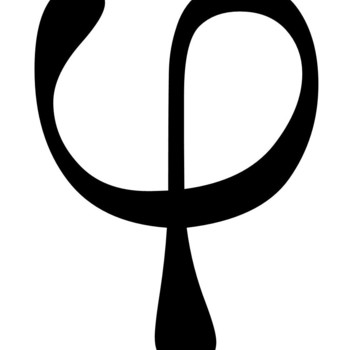We have to find #h'(t)#. According to the product rule, #(fg)'=f'g+fg'#.
Here, #f=(t^4-1)^3# and #g=(t^3+1)^4#, so we can say:
#d/dt(t^4-1)^3*(t^3+1)^4+d/dt(t^3+1)^4*(t^4-1)#
According to the chain rule, #(df)/dx=(df)/(du)*(du)/dx#, where #u# is a function within #f#.
We calculate #d/dt(t^4-1)^3# first.
Here, #(t^4-1)# is a function within #u^3#, where #u=t^4-1#. D=So, according to the chain rule,
#d/dt(t^4-1)^3=d/(du)u^3*d/dt(t^4-1)#, which becomes:
#3u^2*4t^3#, and as #u=(t^4-1)#, we write:
#12t^3(t^4-1)^2#. Next:
We calculate #d/dt(t^3+1)^4#
Here, #u=(t^3+1)# and the outer function is #u^4#
Using the chain rule, we can write:
#4u^3*3t^2#, and since here #u=(t^3+1)#, we can write:
#12t^2(t^3+1)^3#
Inputting these into our product rule equation, we get:
#12t^3(t^4-1)^2(t^3+1)^4+12t^2(t^3+1)^3(t^4-1)^3#, or:
#12t^2(t(t^4-1)^2(t^3+1)^4+(t^3+1)^3(t^4-1)^3)#

